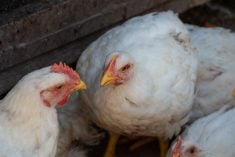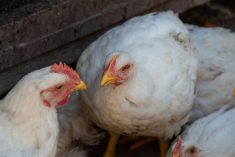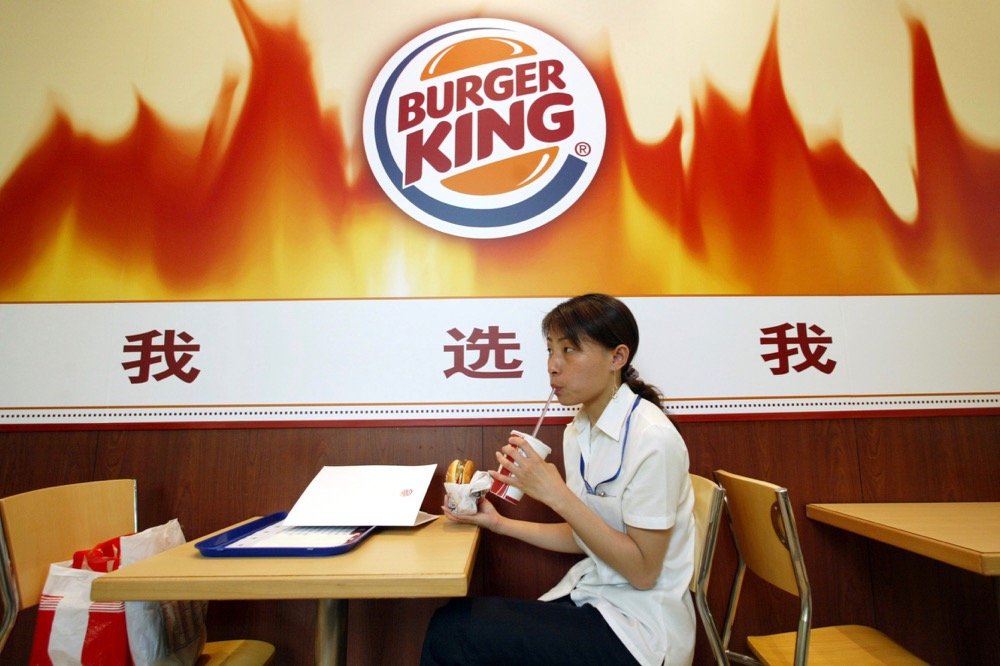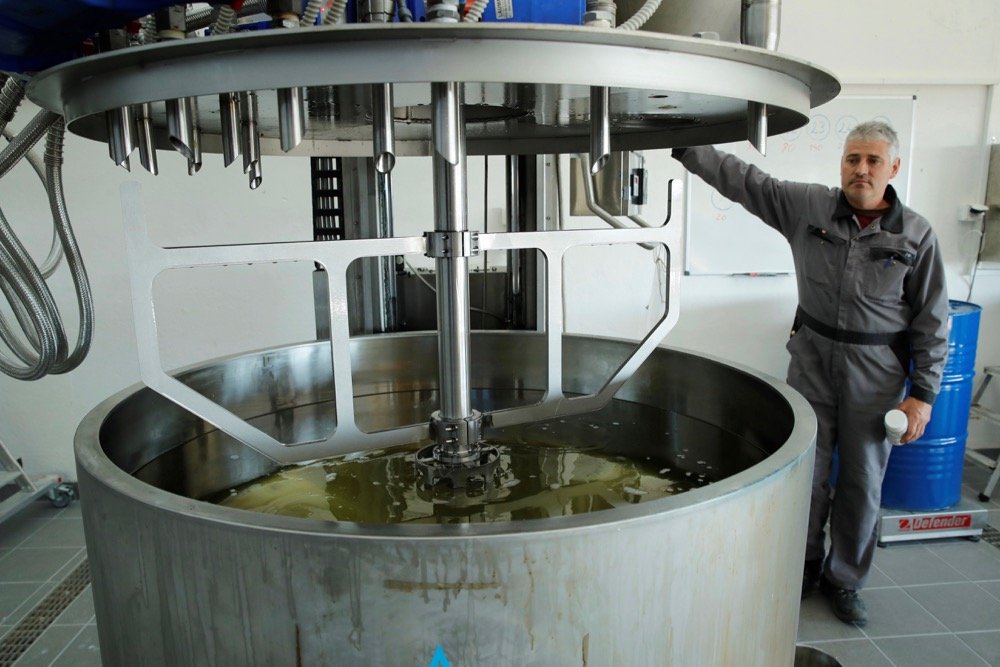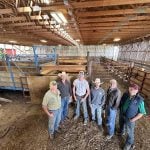The owner of the Tim Hortons and Burger King fast food chains plans to have the broiler chicken producers supplying its Canadian and U.S. outlets meet a tighter set of welfare standards within the next seven years.
Restaurant Brands International (RBI) announced on its website it will be “pursuing alignment” with Global Animal Partnership (GAP) standards for broiler birds in the U.S. and Canada.
Texas-based GAP’s standards and rating program for broilers, graded 1 through 5+, include set requirements for housing, stocking densities, feeding, breeding and animal care, among other line items. RBI didn’t say on its website which GAP “step level” it expects to achieve in broiler care.
Read Also
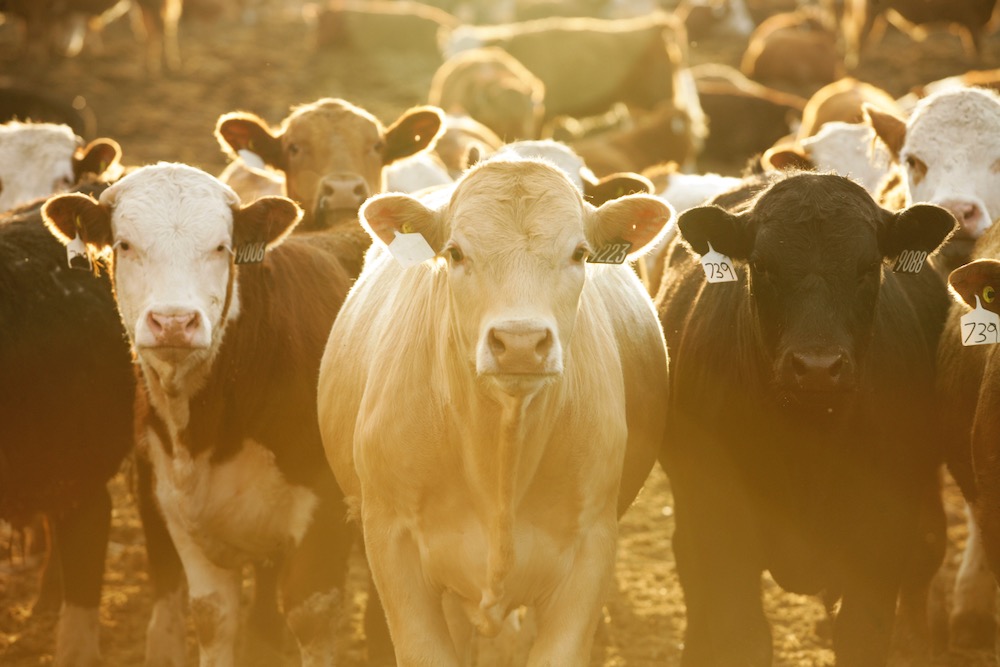
U.S. livestock: Cattle futures drop on Trump call for lower prices
Cattle futures on the Chicago Mercantile Exchange dropped sharply on Wednesday, reacting to comments from United States President Donald Trump…
The company said that by 2024 it would “transition to using breeds determined to have better welfare outcomes.”
The company said it would also require its suppliers, by 2024, to provide their birds with more space by reducing maximum stocking density, as per GAP standards, and “enhance living environments including litter quality, lighting and enrichments,” also as per GAP standards.
GAP step levels vary by maximum stocking density, ranging from five to seven pounds of bird per square foot of barn space at step levels 5/5+ and 1 respectively.
In GAP terms, “enrichments” in barns include materials provided to chickens such as bales, forages and/or raised platforms, to “add complexity to their environment and encourage the expression of natural behaviour, such as foraging, without losing their novelty.”
Also, barn lighting would be shut down to allow for six or eight hours, depending on step level, of “continuous darkness” each day for the birds to rest.
RBI also said that for broiler slaughter it would require the use of a “multi-step controlled-atmosphere stunning system” by 2024.
“To increase the welfare of broiler chickens, we recognize that wide-scale change will take time and must be undertaken in a thoughtful manner using best practices supported by science and rigorous research,” RBI said on its website.
The GAP standards offer “solutions” in the areas of breed, stocking density and environment, RBI said, “and we will work with our suppliers, animal welfare experts and others in our industry, to align on these solutions.”
Suppliers will be asked to “verify their progress via third party auditing,” said Oakville, Ont.-based RBI, which last month announced a bid to expand into the fried chicken market with a US$1.8 billion offer for the Popeyes Louisiana Kitchen chain.
RBI’s announcement follows a pledge earlier this month from Canadian fast food chain A+W that it would immediately require its broiler suppliers to follow GAP step level 2 for stocking density and require other “enhancements” for natural bird behaviour in barns.
Animal welfare groups on Tuesday hailed RBI’s announcement.
Josey Kitson, executive director of World Animal Protection Canada (formerly the World Society for the Protection of Animals) described it as “the most substantial commitment to improving chicken welfare we’ve seen to date in Canada… and for it to come from such iconic brands is a meaningful indication of where Canadian food companies are heading.”
Krista Hiddema, vice-president of Mercy For Animals in Canada, said it’s “certainly a testament to the times that two of Canada’s largest quick-service brands are committed to meeting GAP standards, and we are confident the rest of the Canadian food industry will soon follow.”
While Hiddema said in the group’s statement that it was “so pleased to work with Burger King and Tim Hortons to develop their progressive broiler welfare policies,” she added that “the best way for individual consumers to prevent cruelty to chickens and other farmed animals is to simply leave them off their plate.” — AGCanada.com Network



